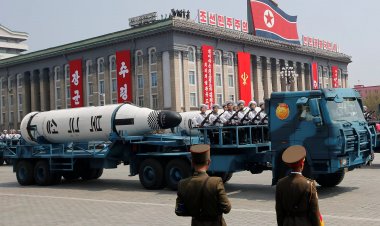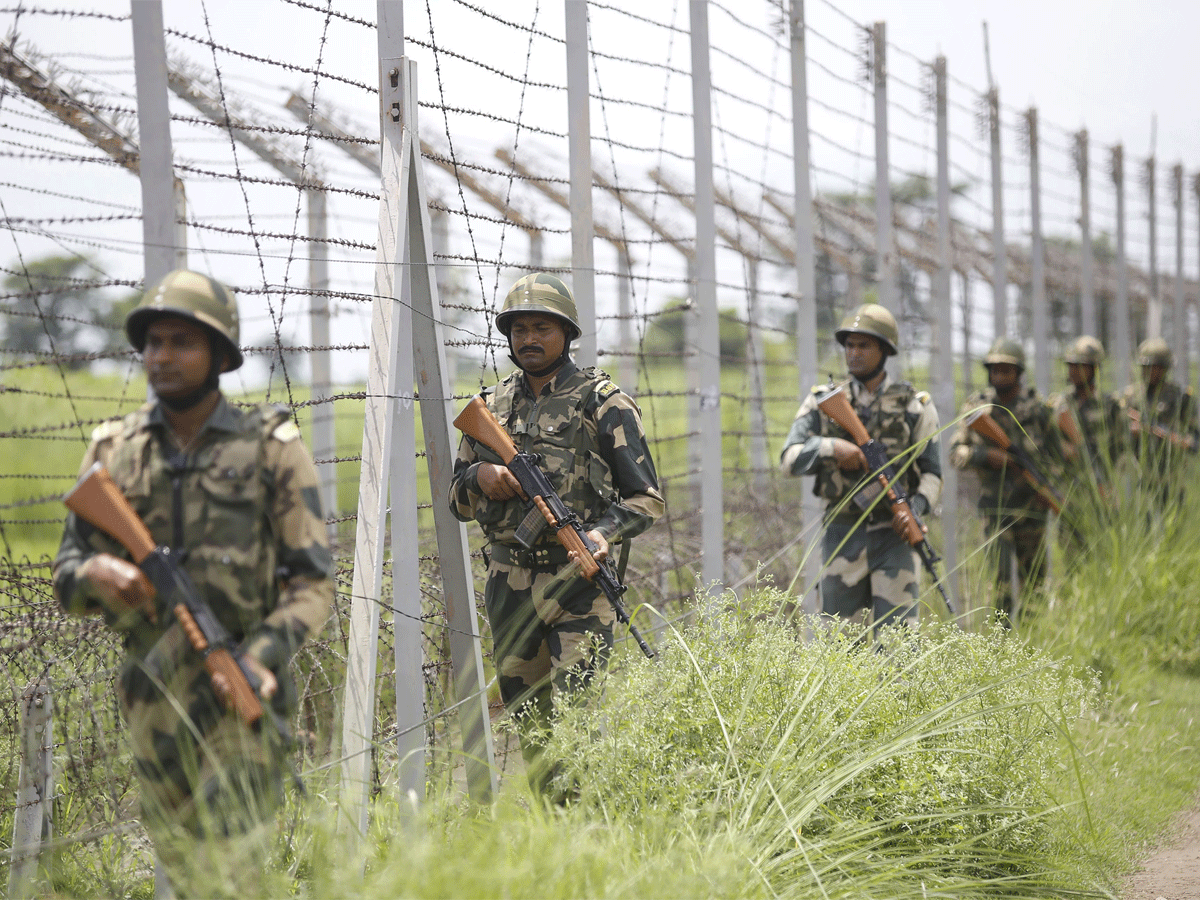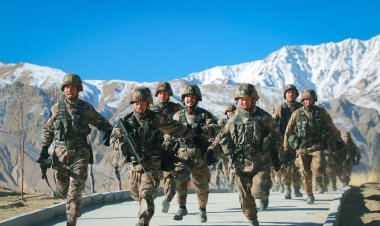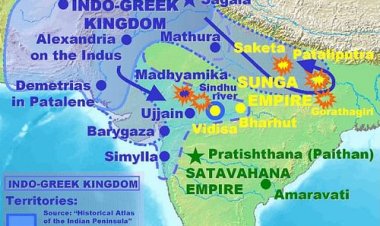Explained: The Malabar Exercise
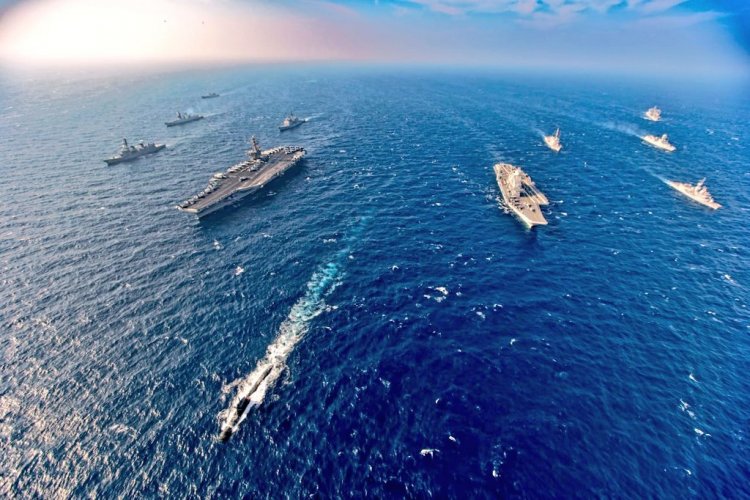
By Usanas Foundation
What is Malabar Exercise?
The second phase of the Malabar exercise started on 17th November in the Arabian Sea. Malabar exercise is an annual multilateral exercise between India, US and Japan. It started off as a bilateral naval exercise between India and US in 1992. Japan joined as a permanent partner in 2015 increasing the anticipation of Malabar becoming a warning signal for Chinese aggression. This year the exercise is held in two phases, the first phase conducted from 3rd- 6th November in the Bay of Bengal and the second phase is expected to fold by November 20th. Phase 2 will witness joint operations around Vikramditya Battle Group of the Indian Navy and Nimitz Carrier Strike group of the US Navy.
The 24th edition of Malabar exercise has been planned on a “non-contact at sea” format keeping Covid-19 restrictions in mind.
What’s the difference this year?
Australia is participating in Malabar exercise after a long gap of 13 years. For the first time in the decade the exercise would witness participation from all quad countries. Last time Australia participated in this exercise was 2007 when two Malabar exercises were organized: First in Okinawa islands off the coast of Japan and Second off the coast of Vishakhapatnam in Sep 2007 with the presence of Indian, US, Japanese and Singapore Navies. This time The Royal Australian Navy would be represented by frigate Ballarat with accompanied integral helicopter.
Stating at the highlights of 24th edition of the exercise, the Navy said that ‘enhanced convergence of views’ amongst the four vibrant democracies on maritime issues showcases their commitment to an open, inclusive Indo Pacific and a rule based international order.
Importance of Malabar exercise in 2020
As the eastern Ladakh standoff persist between India and China, the quad exercise will send a strong message to China as the collective backlash of like-minded countries. Australia which has kept away from Malabar exercise to not anger China in the past have shed its inhibitions to join against aggression of China and promote freedom of navigation in the Indo Pacific. India which also restrained in expansion of Malabar exercise to not inflame relations with China has also now refused to cower down in Beijing’s ‘land grab’ schemes.
On October 27, following the 2+2 dialogue with the US, Defence Minister Rajnath Singh said: “We… agreed that upholding the rules-based international order, respecting the rule of law and freedom of navigation in the international seas and upholding the territorial integrity and sovereignty of all states are essential. Our defence cooperation is intended to further these objectives. Both sides welcomed Australia joining the forthcoming Malabar Exercise.”
Australian Defence Minister Linda Reynolds said in a statement that “high-end military exercises like Malabar are key to enhancing Australia’s maritime capabilities, building interoperability with our close partners, and demonstrating our collective resolve to support an open and prosperous Indo-Pacific.”
With the recent Quad Foreign ministers meet in Japan, not including Australia in the Malabar exercise would have been counterproductive for the statecraft as they have emerged as one of the important middle powers in ensuring free and open Indo Pacific. From a realist point of view Quad should act as an instrument of deterrence against an aggressive Chinese policy of expansion. India also hopes to put pressure on China to deescalate from Eastern Ladakh and also to gain an edge on the negotiating table.
(With inputs from Kartik Asthana, Research Assistant, Usanas Foundation)
Disclaimer: Any and all opinions expressed in the above piece belong to the author and not the organisation.




